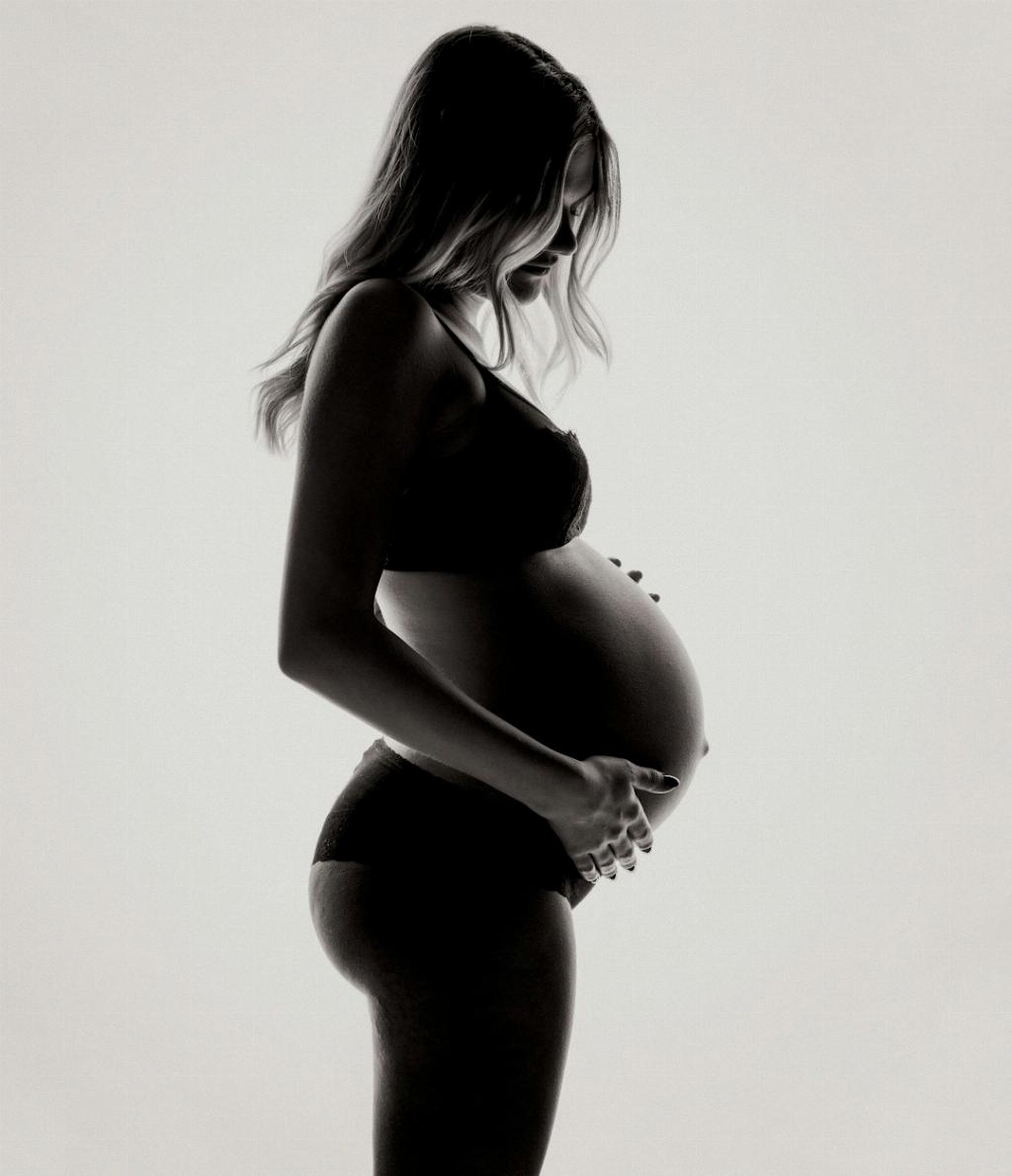Postpartum fluid retention in the stomach area after a C-section is a common concern for many new mothers. Following a cesarean section, the body naturally retains fluid as part of the healing process. This buildup of fluid can lead to bloating, discomfort, and a feeling of puffiness in the abdominal region.
Stay Hydrated to Support Fluid Balance
One of the key strategies to reduce fluid retention after a C-section is to stay adequately hydrated. Drinking plenty of water helps support the body’s natural processes of flushing out excess fluids and maintaining proper fluid balance. Aim to drink at least eight glasses of water a day, or more if you are breastfeeding.
Follow a Balanced Diet Rich in Nutrients
Eating a well-balanced diet can also aid in reducing fluid retention post-cesarean. Focus on consuming foods that are rich in potassium, such as bananas, sweet potatoes, and leafy greens. Potassium can help regulate fluid levels in the body and assist in reducing bloating in the stomach area.
Engage in Gentle Postpartum Exercises
Engaging in gentle postpartum exercises can be beneficial in alleviating fluid retention after a C-section. Activities like walking, pelvic tilts, and gentle yoga can help stimulate circulation, promote muscle tone, and encourage the release of excess fluids from the body.
Consider Massages or Lymphatic Drainage Therapy
Massages or lymphatic drainage therapy can also aid in the reduction of fluid buildup in the stomach area post-cesarean. These techniques help stimulate lymphatic circulation, which plays a vital role in the body’s natural detoxification process and can assist in reducing swelling and bloating.
Wear Compression Garments for Support
Utilizing compression garments, such as postpartum belly wraps or abdominal binders, can provide support to the stomach muscles and tissues, aiding in the reduction of fluid retention after a C-section. These garments can help promote healing, reduce swelling, and provide comfort during the recovery period.
Avoid Sitting or Standing for Prolonged Periods
It is essential to avoid prolonged periods of sitting or standing post-cesarean to prevent fluid buildup in the stomach area. Regularly changing positions, taking short walks, and engaging in gentle movements can help prevent stagnation of fluids and promote healthy circulation.
Elevate Your Legs to Reduce Swelling
If you experience swelling in the legs or feet along with fluid retention in the stomach after a C-section, elevating your legs can help reduce fluid buildup. Prop your legs up with pillows while resting to encourage the return of fluids to the cardiovascular system.
Practice Deep Breathing and Relaxation Techniques
Practicing deep breathing exercises and relaxation techniques can aid in reducing stress, which may exacerbate fluid retention post-cesarean. Taking deep breaths, engaging in meditation, or practicing gentle yoga can help promote relaxation and support the body’s natural healing processes.
Consult with Your Healthcare Provider for Individualized Advice
It is essential to consult with your healthcare provider for personalized advice on managing fluid retention after a C-section. Your healthcare provider can assess your individual situation, provide recommendations tailored to your specific needs, and address any concerns you may have regarding postpartum recovery.
Monitor Your Symptoms and Seek Medical Attention if Needed
Monitor your symptoms closely and seek medical attention if you experience severe or persistent fluid retention after a C-section. Sudden swelling, redness, warmth, or pain in the abdominal area should be evaluated by a healthcare professional to rule out any underlying complications.
Conclusion
Overall, managing fluid retention in the stomach area after a C-section involves a holistic approach that includes staying hydrated, following a balanced diet, engaging in gentle exercises, considering complementary therapies, and seeking guidance from healthcare providers. By taking proactive steps to address fluid retention, you can support your postpartum recovery and promote optimal healing after a cesarean section.

